
Galvanizing the Groundswell of Climate Actions (GGCA) is a series of open dialogues that aims to bring the groundswell of climate actions from cities, regions, companies, and other groups to a higher level of scale and ambition.
Its objectives include:
- Increasing efficient coordination among cooperative initiatives and sub- and non-state networks.
- Improving analysis and understanding of “bottom up” climate actions.
- Building a positive narrative of pragmatic, concrete action on climate change.
- Identifying opportunities for the groundswell of climate actions and the intergovernmental negotiations process to support and catalyze each other.
Over the past year, GGCA has brought together city and regional networks, company networks, cooperative initiatives, governments, international organizations, and researchers to discuss and advance these objectives. By convening the community of actors that make up and support the groundswell of climate actions, GGCA seeks to realize the full potential of this extraordinary innovation in global governance.
GCCA is organized under three primary workstreams: Data & Analysis, Action Agenda and Climate & Sustainable Development.
For details on the GGCA Steering Committee membership, please click here.
Upcoming Events
Past Events
The Groundswell of Climate Actions in the news
GGCA and partner resources
Workstreams
Galvanizing the Groundswell of Climate Action (GGCA) is organized under three primary workstreams. (see below). For details on membership of the Steering Committee, click here.
Frequently asked questions about the climate groundswell:
[ Open All | Close All ]
While countries negotiate a new climate treaty and decide on their national contributions 10-15 years into the future, a groundswell of cities, companies, regional governments, civil society groups, and others are taking concrete actions now to reduce greenhouse gases and adapt to a changing climate. These actions occur both individually, in single cities and businesses, and in networks and partnerships. These actions often take place in close collaboration with national governments and international organizations as well. As you can see on the UN’s Non-state Actor Zone for Climate Action (NAZCA) portal, tens of thousands of cities, companies, and other organizations have taken action around the world. More are joining them every day.
Climate action is any policy, measure, or program that reduces greenhouse gases, builds resilience to climate change, or supports and finances those goals. Climate action is therefore enormously diverse, ranging from cities committing to more efficient building standards, companies putting a price on carbon in their investment decisions, or a coalition of companies and farmers’ groups that deploys climate-smart agriculture practices.
While these actions are fantastically diverse and dispersed, an increasing number of studies are calculating theirs emissions reduction potential. UN reports released this summer and fall looked at just a fraction of the global initiatives involving cities, regions, and companies, and found they could save 2.5-4 billion tons of carbon per year by 2020—before countries’ Paris pledges even come into effect. That’s more than India emits in a year, and close to the 4-6 billion tons the UN estimates that countries’ national pledges will save per year by 2030, a decade later. While individual actions may be small, in aggregate they are climate superpowers, of the same magnitude as national pledges.
Countries have set national goals for post-2020 ambition. These targets will be progressively ratcheted up over time. The groundswell of climate actions, in turn, captures what is happening on the ground right now. The groundswell therefore reinforces national action in two ways. First, it is developing the policies, measures, technologies, and other means national governments will need to meet their targets. Second, by driving down emissions and building resilience, the groundswell raises the bar for national ambitions and allows countries to go farther than would otherwise have been possible. To a significant extent these new actors go beyond the national pledges and therefore help fill the gap between what countries can politically commit to now and what is needed to maintain a safe climate. Exactly how much these actions add on top of national policy is hard to estimate precisely, given overlaps between national policy and sub-national and private sector actions, but it is likely in the range of 33-70 percent.
Cities, regions, companies, and other actors will play a leading role at Paris. Building from last year’s Lima conference, and the September 2014 UN Secretary-General’s Climate Summit, the French and Peruvian governments, supported by the UN, have formed the “Lima-Paris Action Agenda” to recognize and catalyze climate action at all levels. The Paris conference rests on four pillars: 1) the legal agreement among countries; 2) individual national pledges for 2025 or 2030; 3) financing, and; 4) the “Lima-Paris Action Agenda”. Actors at all levels will come together to show the ambitious climate actions they are already taking, and make commitments to go further, faster, toward our common goal. Success at Paris therefore rests in no small part on the ambitious actions of cities, regions, companies, and other organizations, both individually and in partnership with countries and international organizations.
Countries have recognized the importance of immediate climate actions from all actors in the draft negotiating text. They have also outlined plans for the continuation of the “Action Agenda” after 2015, envisioning a series of meetings and high-level champions to drive implementation, and to bring the groundswell to a higher level of scale and ambition in the years to come.
Climate actions by cities, regions, companies, and other groups reinforces national action. It does not replace it.
Because cities, companies and others take climate actions for their own benefit (both to combat climate change and to achieve other goals like improving efficiency, addressing air pollution, creating jobs, etc.), and do so in conformance with national laws, they do not challenge national sovereignty. Instead, the groundswell helps governments achieve their climate targets in a more efficient and cost effective way. In this way the groundswell reinforces national capacity and strengthens sovereignty.
Just as monitoring and implementation are key concerns for national governments, it is important to make sure that climate actions at all levels are credible and have sufficient resources to see their goals through. Civil society groups are actively working with governments, the UN, and other stakeholders to develop best practices for effective initiatives and to report on progress. And sector-specific platforms such as ICLEI’s Carbonn for cities and CDP for companies conduct rigorous reporting to ensure organizations are on track to meet their targets. Linking groundswell actions to the UN process can also create opportunities to follow up with groundswell actions on a regular basis.
Absolutely not. Many of the climate actions that form that groundswell focus chiefly on adaptation and building climate resilient development. To cite just one example, the Global Alliance for Clean Cookstoves helps families replace their inefficient, polluting stoves with clean ones. This shift reduces indoor air pollution, empowers women and girls to spend less time gathering fuel wood, and removes an important source of greenhouse gases. An advantage of more bottom up initiatives like these is that they often seamlessly marry mitigation, adaptation, economic growth, and other positive benefits.
If you are reducing emissions or strengthening resilience, then you are part of the groundswell. Linking your organization to peer networks, reporting your data to a city or business action platform, or otherwise connecting to other parts of the groundswell can bring you additional knowledge, resources, and motivation to go further. See the UN’s NAZCA portal for more details.
Contact us
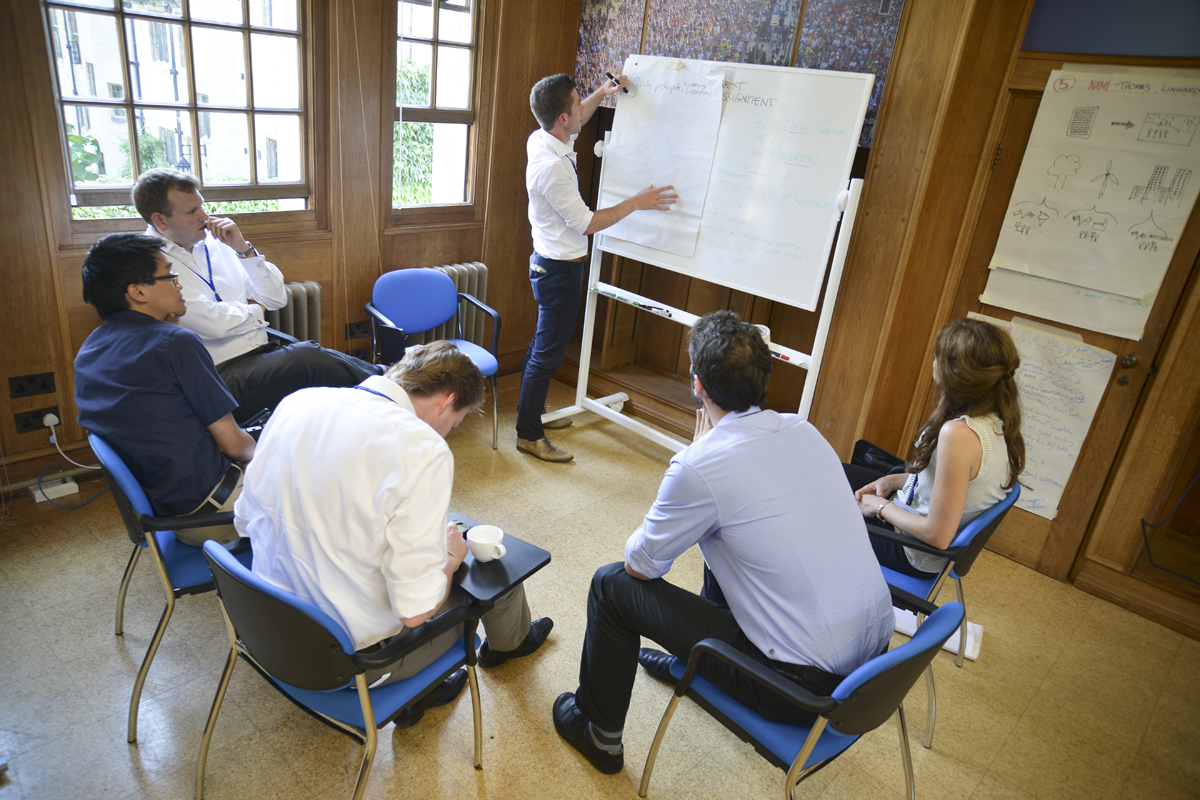



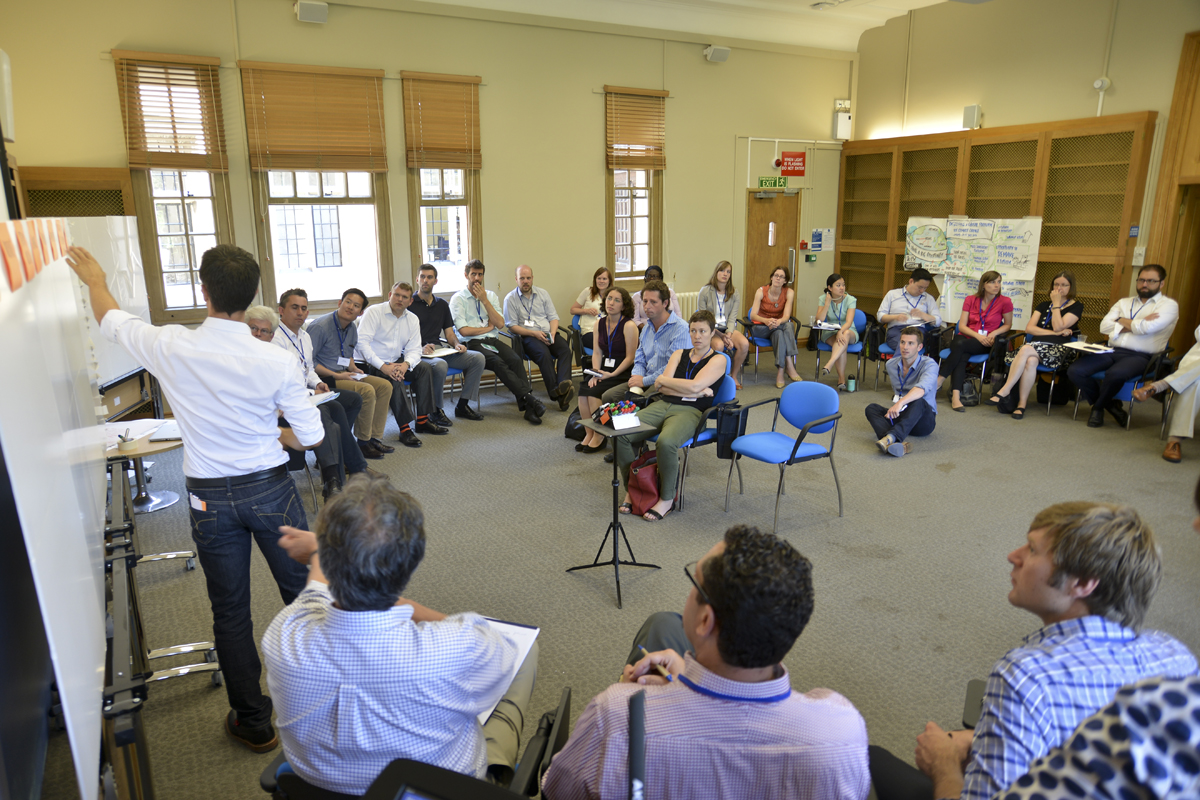
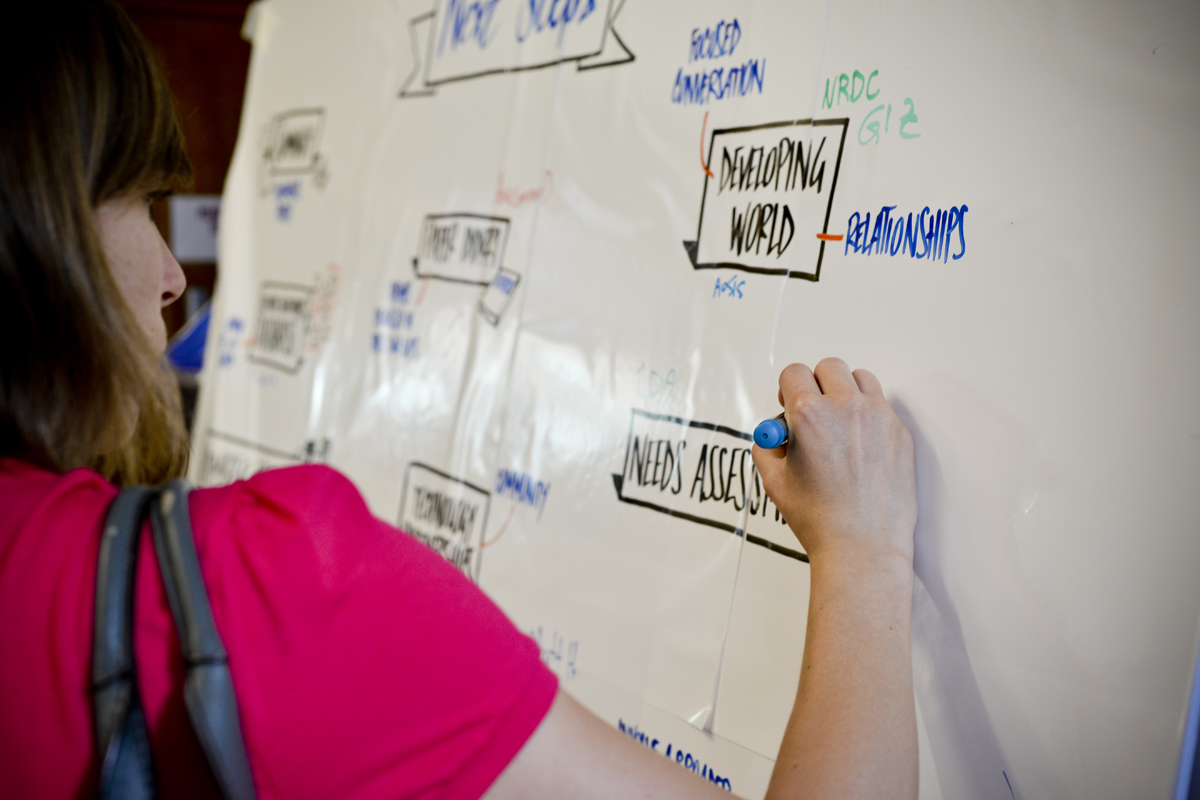
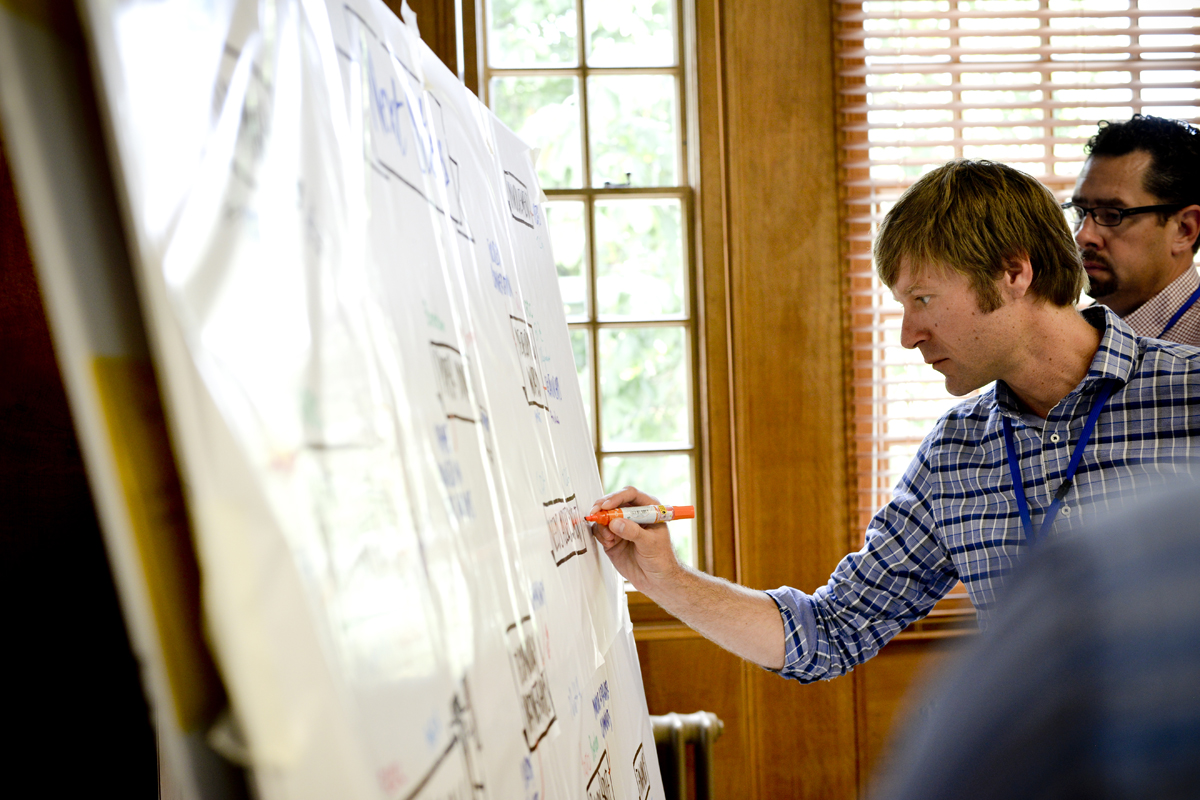

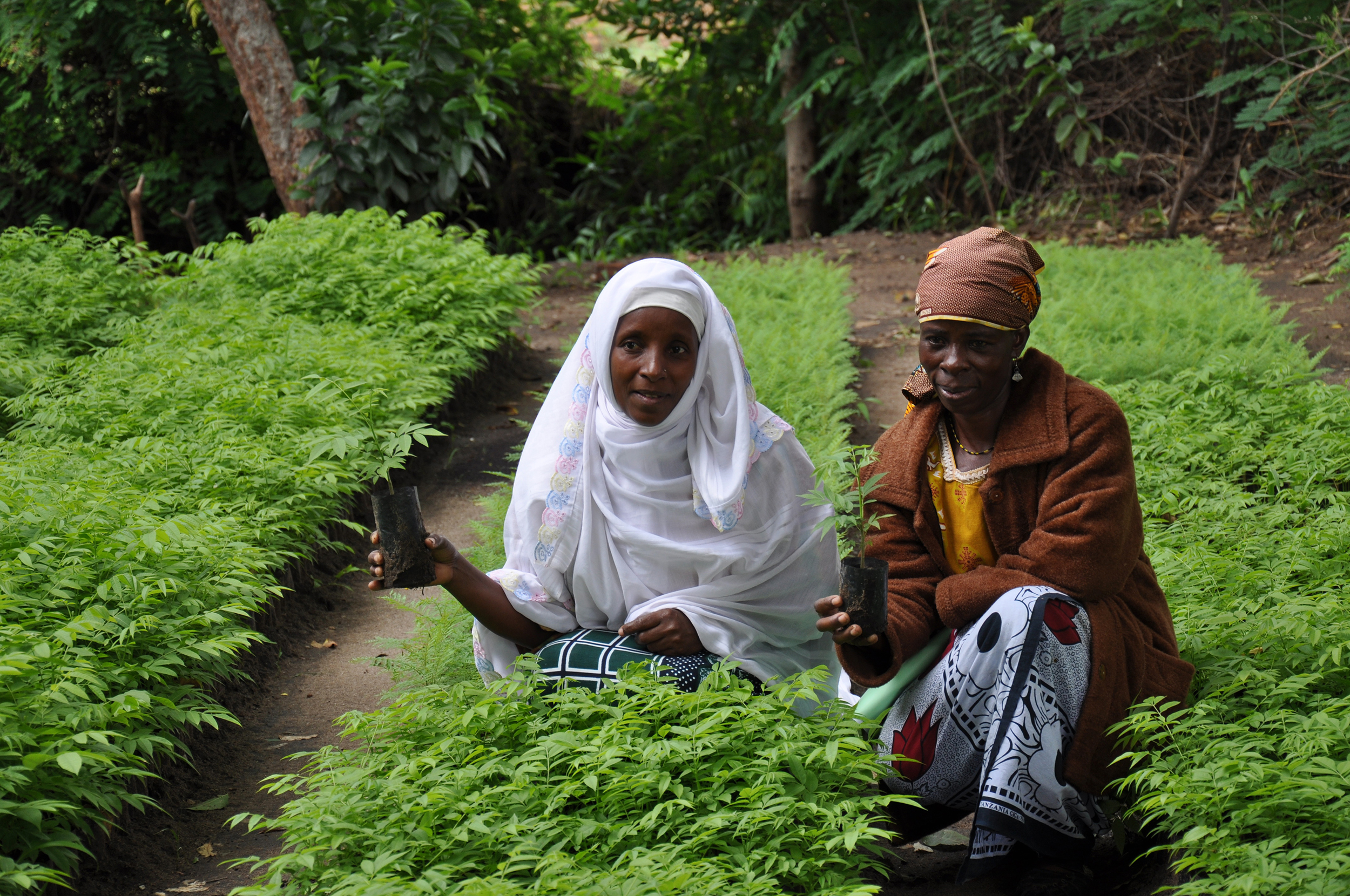
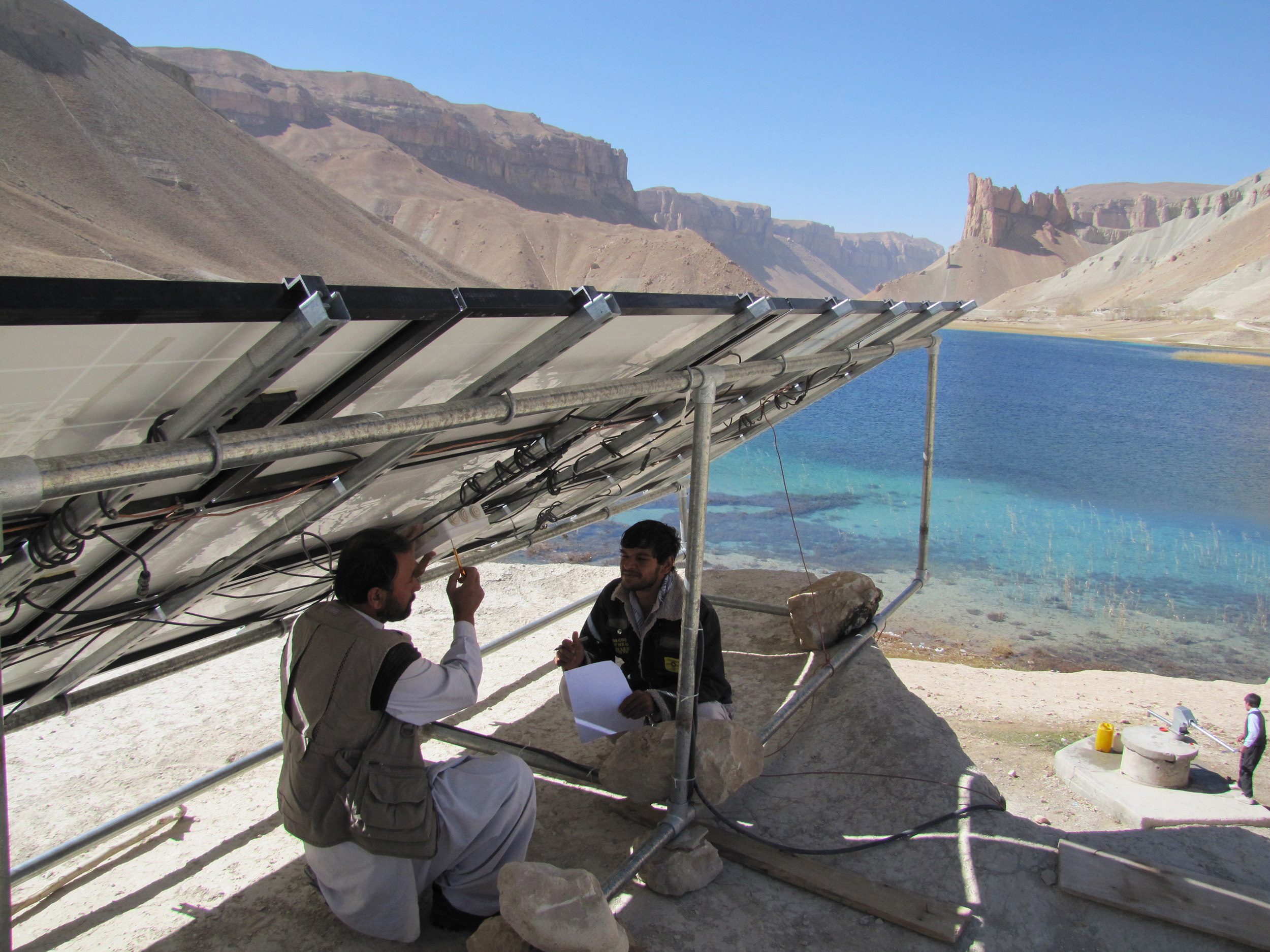
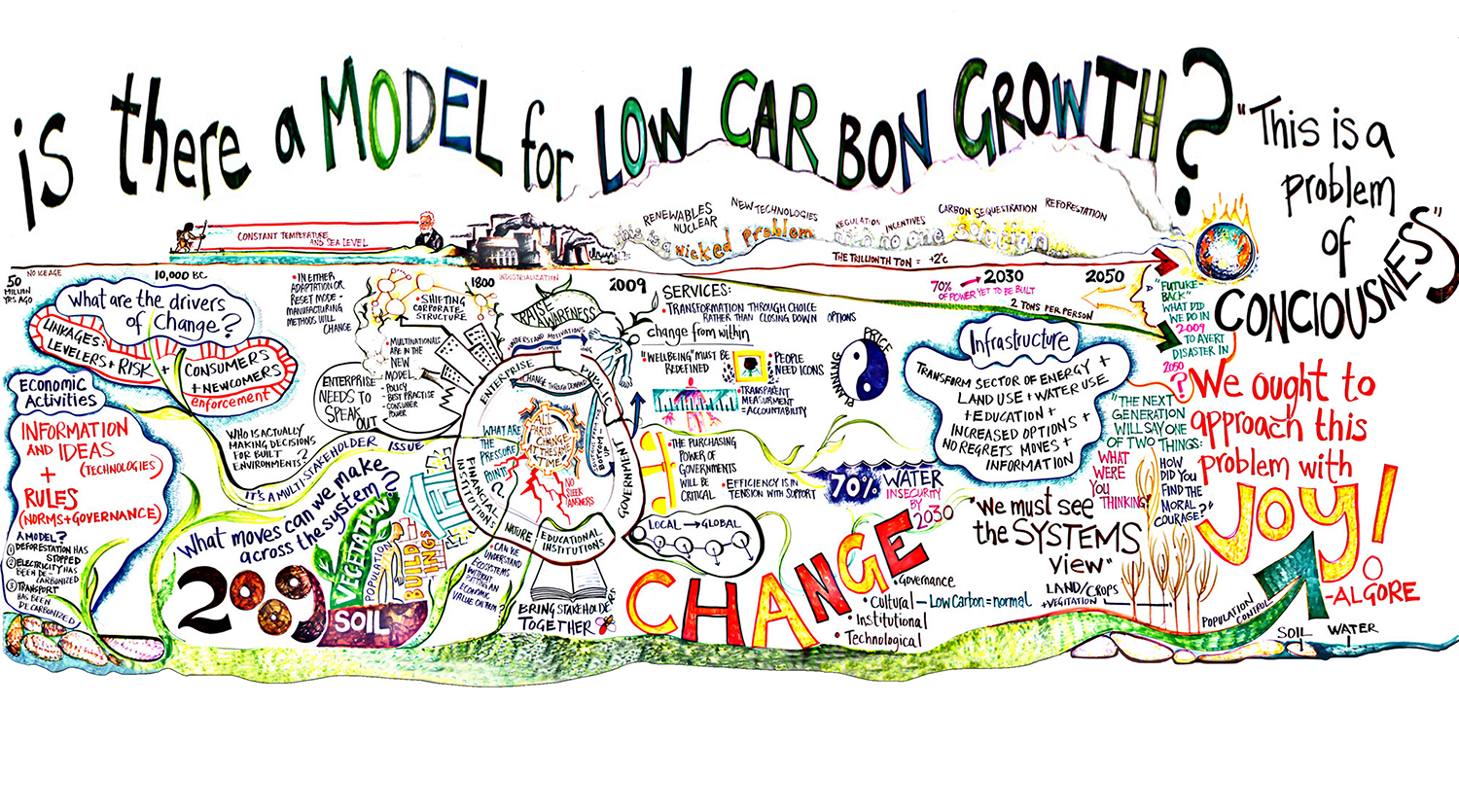

This is a list of events relating to non-state and subnational climate action events at COP23 in Bonn, Germany, starting on November 6th.
Week 1 events here.
Week 2 events here.